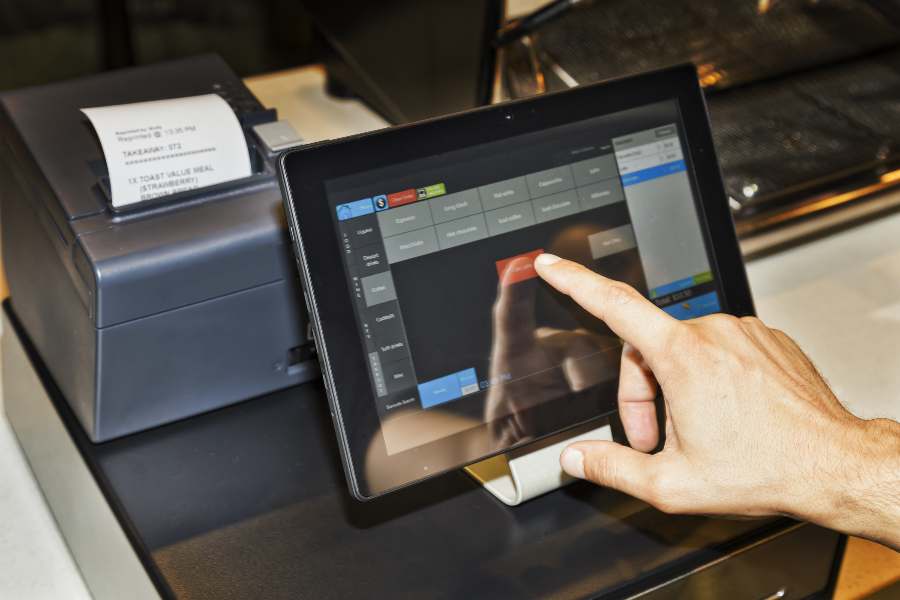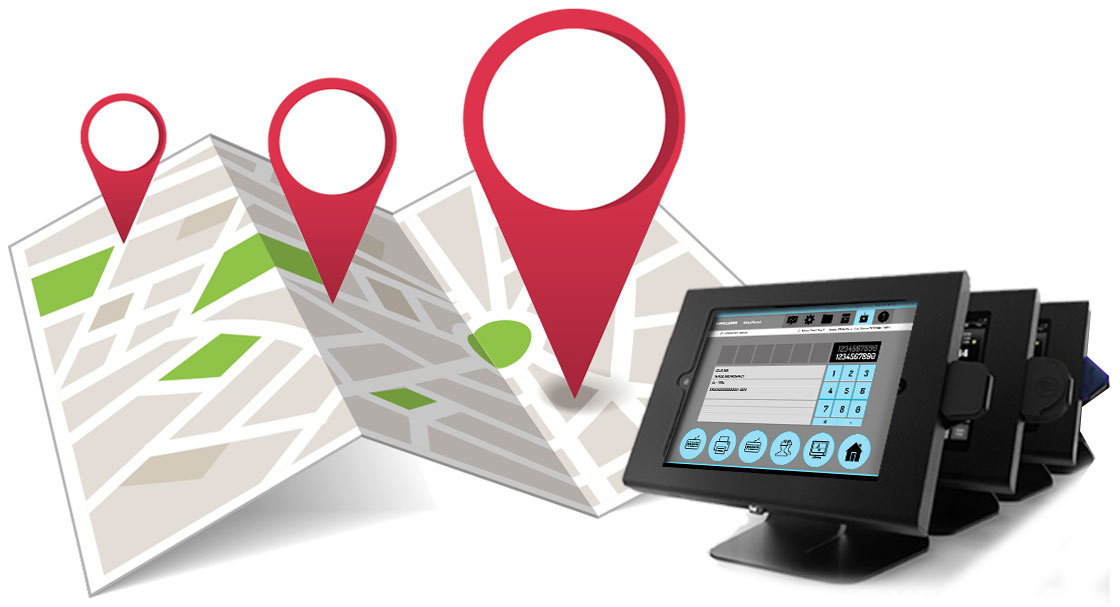Real-Time Inventory Sync Across POS Terminals: A Game-Changer for Modern Businesses

Managing inventory effectively is one of the most critical yet complex aspects of running a business—especially in fast-paced environments like retail stores, restaurants, and service outlets. Traditional inventory systems often suffer from delays, inaccuracies, and manual errors that lead to stock discrepancies and lost revenue. Fortunately, modern POS (Point of Sale) systems with real-time inventory synchronization across terminals are transforming the way businesses track and manage stock.
What Is Real-Time Inventory Sync?
Real-time inventory sync refers to the automatic, instant updating of inventory levels across all POS terminals and connected systems whenever a sale, return, or stock adjustment occurs. Whether you’re operating a single location with multiple registers or a multi-store chain, real-time syncing ensures that every terminal reflects the current inventory status—without the need for manual input or end-of-day batch updates.
Why It Matters: The Business Impact
1. Improved Stock Accuracy
When inventory is updated instantly across all terminals, businesses can avoid common issues like double-selling items, selling out-of-stock products, or inaccurate reordering. This is especially valuable in industries like retail and hospitality, where item availability can make or break a sale. Real-time sync ensures that what staff sees on their POS screen is what’s truly available.
2. Faster Replenishment and Reordering
With real-time updates, business owners and managers can set automatic reorder points based on live stock data. If an item falls below a specified threshold, the system can trigger alerts or generate purchase orders immediately. This reduces the risk of stockouts and helps maintain healthy inventory levels without overstocking.
3. Enhanced Multi-Terminal Coordination
In businesses with multiple registers or sales channels—such as a busy restaurant with multiple ordering stations or a retail store with several checkout counters—real-time inventory sync ensures consistency. If one terminal processes a sale, all other terminals immediately reflect the updated inventory, eliminating confusion among staff and improving operational flow.
4. Seamless Omnichannel Integration
For businesses operating both physical and online stores, real-time inventory sync allows seamless integration across platforms. When an item is sold online, it’s instantly reflected in-store and vice versa. This prevents overselling and enables better coordination between e-commerce and brick-and-mortar operations.
5. Better Customer Experience
Customers expect quick service and accurate information. With real-time syncing, sales associates can confidently answer product availability questions or check stock across locations without delay. In restaurants, this feature ensures servers are aware of menu items that are no longer available, preventing poor service experiences.
How Real-Time Sync Works in a POS System
Modern cloud-based POS systems are designed to operate in a networked environment. Each terminal communicates with a central database hosted in the cloud. When a transaction occurs—be it a sale, return, or restock—the system updates the database instantly, and all connected terminals are refreshed within seconds.
Some advanced systems also offer offline modes, ensuring that transactions can still be processed during connectivity issues and synced later when the network is restored.
Key Features to Look for
When choosing a POS system with real-time inventory sync, consider the following:
- Cloud-based architecture for central data access
- Multi-location support for businesses with several branches
- Live inventory dashboards and real-time alerts
- API integrations with eCommerce, warehouse, or supplier systems
- Offline sync capability to ensure business continuity
Final Thoughts
Real-time inventory synchronization across POS terminals is no longer a luxury—it’s a necessity for modern, data-driven businesses. It eliminates errors, speeds up operations, enhances the customer experience, and gives you a competitive edge in a fast-moving marketplace.






